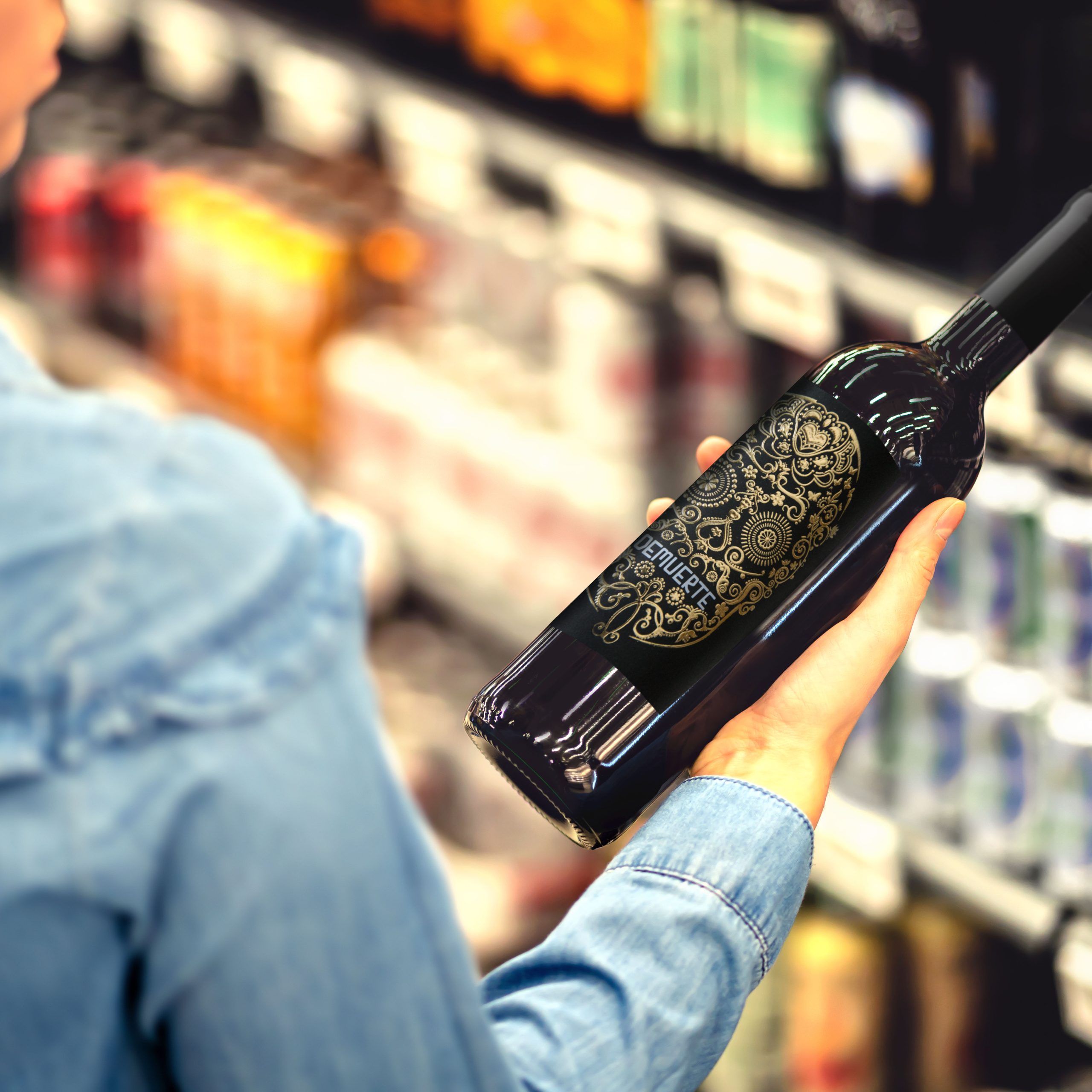If you want to pretend to be a wine expert in your family or friends meetings, from WINERYON CREATIONS we give you 10 steps with which you have a guaranteed success.
10 steps to pretend to be a wine expert
In the fascinating world of wine, standing out as a expert requires knowledge and practice. Although many people do not know it, it is not only about tasting, but also about presenting the wine you want to share at a meeting with elegance and knowledge.
In order to achieve this successfully, we recommend you to follow 10 steps that will turn you into an apparent expert. A job that, as it could not be otherwise, should cover the whole wine, not only the content of the bottle. Thus, it is important to start by highlighting the exclusive labels of DEMUERTE wines from the Yecla region in Murcia, and then do the same with the exquisite Monastrell grape. A grape that you should know or become familiar with in order to be able to talk about it properly.
Our 10 tips to look like a wine expert
After having done this explanation of the container of our wine, we must move on to the content. A moment in which you should use our ten tips. They are as follows:
- Hold the glass with style
The first impression is the one that counts the most. Therefore, the way you hold your wine glass is no exception. Choose to hold it by the stem to prevent your fingerprints from ruining the experience.
If you dare, hold the glass from the very base (foot of the glass) showing your dexterity and elegance as a sommelier.
- Wine is not drunk, it is felt
Remember that wine is a complete sensory experience. For this you must emphasise the 5 steps of the tasting: observe, stir, sniff, sip and savour.
Each sense deserves its time to appreciate the complexity of the wines.
- How to look at the wine
Don’t be afraid to look carefully at the liquid in the glass. The colour and density will give you clues about its flavour and vintage. Yecla Monastrell? Look at the vertical streaks: their dark, orangey hue indicates that this is probably an old wine. While a light, purplish hue indicates that it is probably a young wine.
- How to swirl the glass with elegance
Swirling the wine is not just a gesture to show off. It is an act that mixes the wine with oxygen to enhance its aroma and flavour.
Do it with style, supporting the glass and rotating its base against a surface. Right-handed people should do it in a counter-clockwise direction; left-handed people should do it in a counter-clockwise direction.
- How to smell wine with distinction
Immediately after swirling, dip your nose into the glass and inhale deeply.
Avoid saying “it smells like…” and use terms like “aroma” or “palate”.
Be honest and associative in your description of the wine to gain credibility.
- Avoid saying “It smells like….
Remember to avoid associating the smell of wine with negative expressions.
It is best to use terms such as “aroma” or “palate” to describe the olfactory experience without generating negative associations.
- How to taste wine with sophistication
After a brief swirl in your mouth, don’t swallow the wine quickly.
Let your taste buds explore and decide whether to taste or spit.
At tasting events it is acceptable to spit the wine into the glass to avoid excess.
- Flavour vs. taste: Your verdict on the wine
Distinguish between taste and flavour. Give a broad verdict on the experience (talking about taste) and then describe how it interacts with your taste buds (already referring to taste).
Be genuine and use simple terms such as sour, sweet, bitter or salty.
- Use the word “vintage” with elegance
Before tasting a wine, ask about the vintage.
Do your research beforehand so that you can mention outstanding vintages, showing your knowledge. Consult the best vintages by referring to articles in specialised magazines.
- Become a connoisseur of one or two regions
Focus on one region, such as Yecla in Murcia, and become an expert on its DEMUERTE wines, highlighting the presence of the Monastrell grape in them.
In time, you will be an unrivalled connoisseur, able to recommend a wine with total confidence. Even using phrases like: “You must try this Monastrell from Yecla, it is exceptional”.
By following these 10 steps, you will become an apparent wine expert, standing out not only for your palate, but also for your elegance and knowledge.


